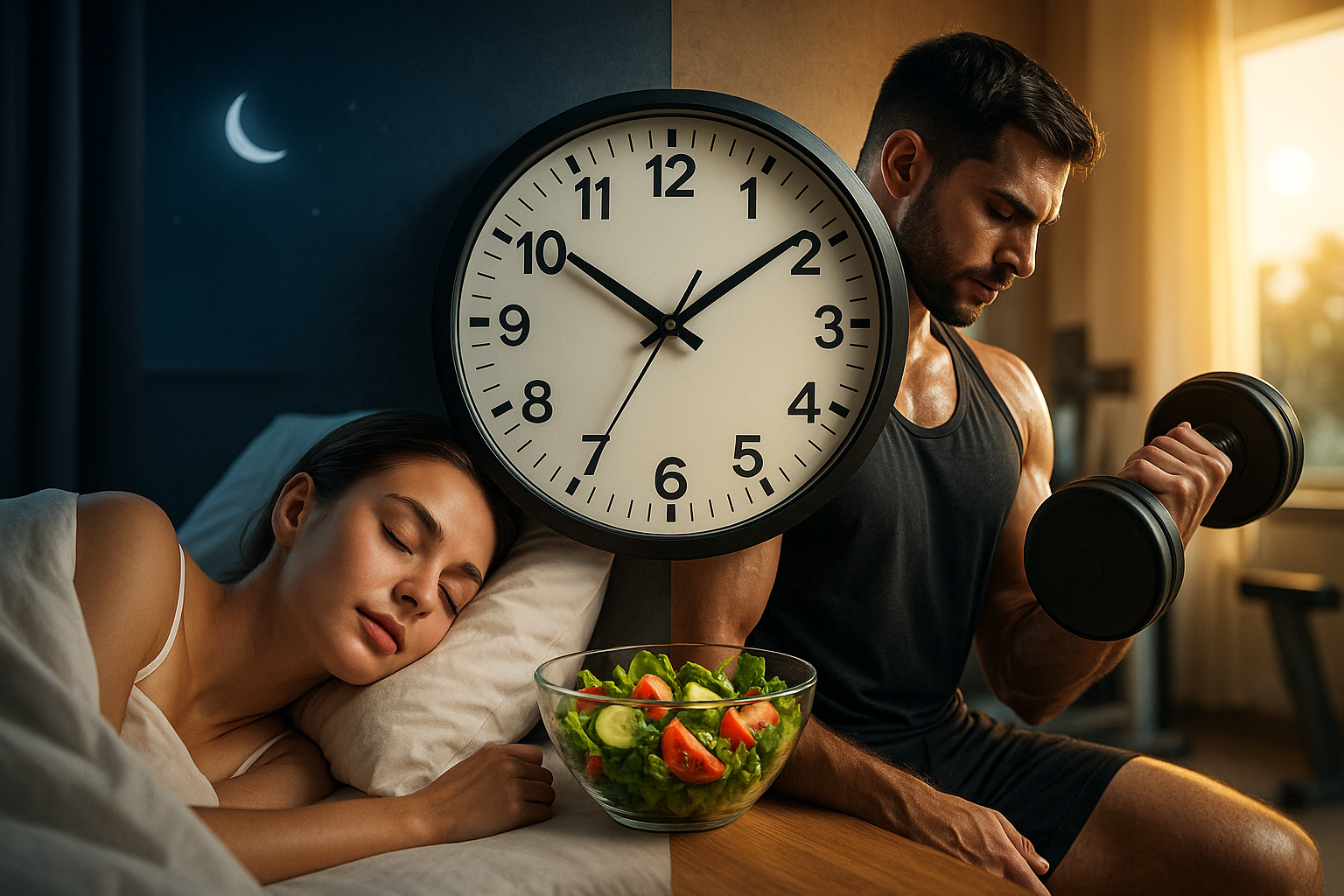Integrating short movement breaks into a busy schedule
Short movement breaks can be a practical way to protect wellbeing during crowded schedules. Small, frequent bursts of activity help reduce sedentary harm, support energy and focus, and can fit between meetings, chores, or study periods. This article outlines simple strategies to add movement without disrupting priorities.

Short movement breaks can be a practical, evidence-informed approach to protecting wellbeing during busy days. Taking brief moments to stand, stretch, or move every hour helps counter long periods of sitting, supports circulation, and can refresh concentration for the next task. These short pauses are compatible with nutrition and hydration practices, contribute to improved sleep and recovery over time, and may support immunity as part of a preventive routine.
How does movement support wellbeing?
Regular short bouts of movement influence both physical and mental wellbeing. Physiologically, standing up and walking for a few minutes raises heart rate slightly, improves blood flow, and helps maintain joint mobility. Psychologically, micro-breaks break cognitive load, reduce perceived stress, and often restore focus. When combined with good nutrition and hydration, movement supports energy regulation across the day. Framing movement as a wellbeing habit—rather than an extra chore—helps it become sustainable within a busy routine and complements broader preventive health behaviors such as screening and routine check-ups.
What short movement options fit into workdays?
Choose activities that require minimal time and equipment so they integrate easily into existing workflows. Examples include a two- to five-minute walk around the building or apartment, standing calf raises or desk squats, simple shoulder and neck stretches, or a brief set of bodyweight exercises like lunges or wall push-ups. Micro-workouts of 3–5 minutes done several times a day accumulate meaningful movement without needing a long gym session. Integrating these options supports fitness goals in manageable increments and aids recovery when scheduled after focused work periods.
How can mindfulness and movement combine?
Pairing short movement breaks with mindfulness enhances mental recovery. During a movement pause, try a focused breathing pattern, a body-scan of tension areas, or mindful walking to anchor attention and reduce rumination. This combination supports stress regulation and helps form lasting habits by building an association between movement and calm. Mindful movement can improve sleep quality by reducing nighttime arousal and may indirectly strengthen immunity through better stress control. Small rituals—like a two-minute mindful stretch after lunch—make the practice easier to maintain.
How do nutrition and hydration interact with movement?
Timing and composition of nutrition and fluid intake matter for energy and comfort during movement breaks. A light snack containing carbohydrates and some protein can support mid-afternoon micro-activity without causing sluggishness; staying hydrated maintains circulation and reduces lightheadedness during brief exertion. Planning small, regular intakes of water and balanced snacks supports consistent energy levels and complements short activity bursts. These combined habits—movement, nutrition, and hydration—help the body recover more quickly and maintain functional capacity throughout a busy day.
How does movement affect sleep and recovery?
Short daytime movement can contribute to better nighttime sleep by helping regulate circadian rhythms and reducing accumulated physical stiffness. Gentle activity earlier in the day promotes recovery by stimulating circulation and encouraging metabolic processing, while avoiding intense exertion close to bedtime prevents interference with sleep onset. Over weeks, consistent micro-activity supports overall fitness, aids recovery from minor aches, and may reduce the need for more intensive interventions. Pairing daytime movement with consistent sleep routines strengthens restorative processes and supports immune function.
What habits support preventive health and immunity?
Integrating movement into daily life is one part of a preventive approach to health. Combine micro-breaks with regular screening and check-ups recommended for your age and risk profile, and maintain balanced nutrition, adequate hydration, and consistent sleep. Simple habits—setting a timer to stand every hour, keeping a water bottle visible, or scheduling short walks—create predictable cues that reinforce movement. These practices help sustain fitness and recovery, and they can support immunity indirectly by reducing chronic stress and improving metabolic health.
This article is for informational purposes only and should not be considered medical advice. Please consult a qualified healthcare professional for personalized guidance and treatment.
In summary, short movement breaks are a feasible strategy to fit more activity into a packed day. With intentional cues, a few varied movement options, attention to nutrition and hydration, and a mindful approach, these small pauses add up to meaningful benefits for wellbeing, sleep, fitness, recovery, and preventive health.





